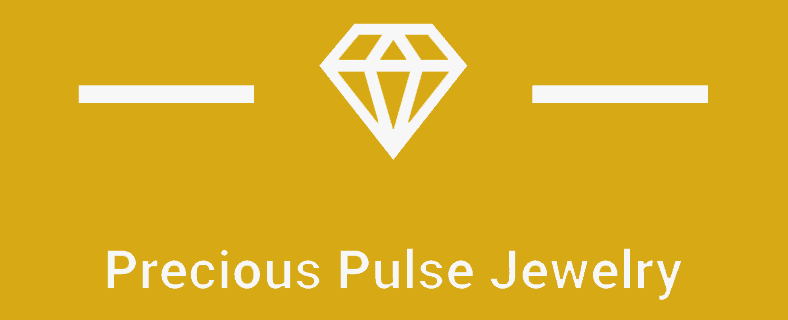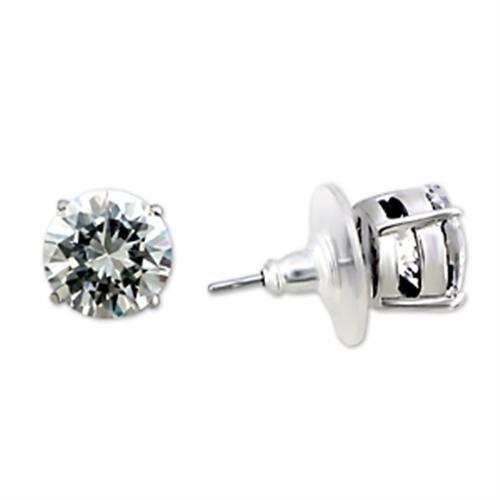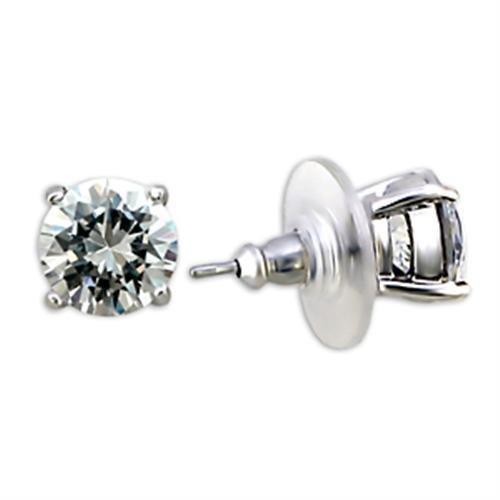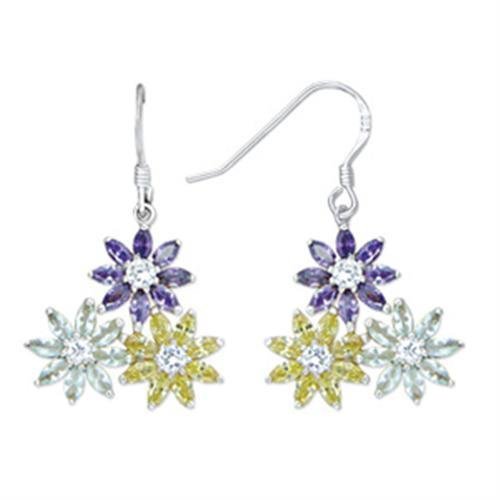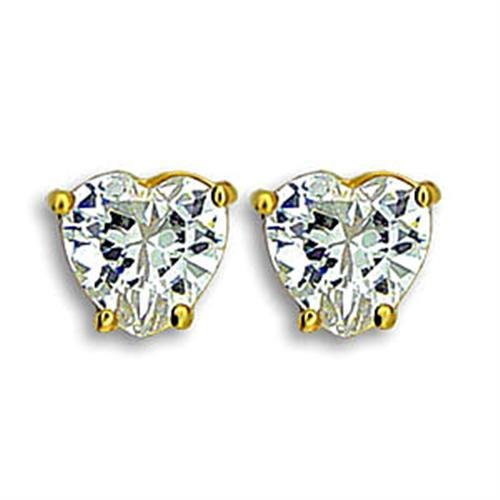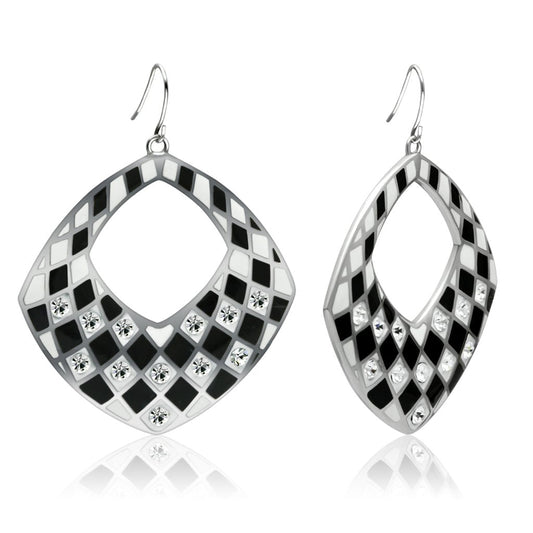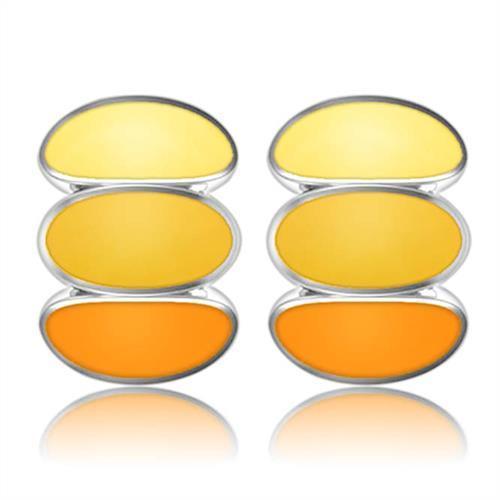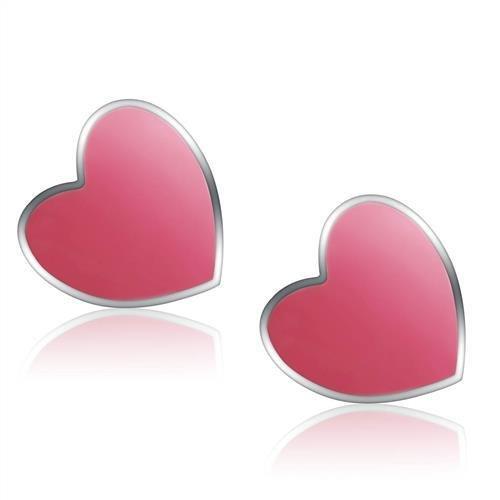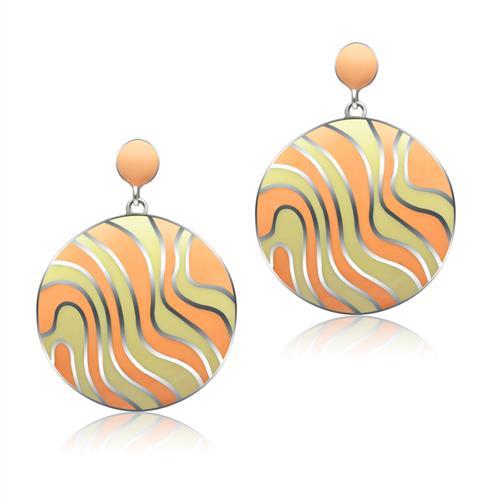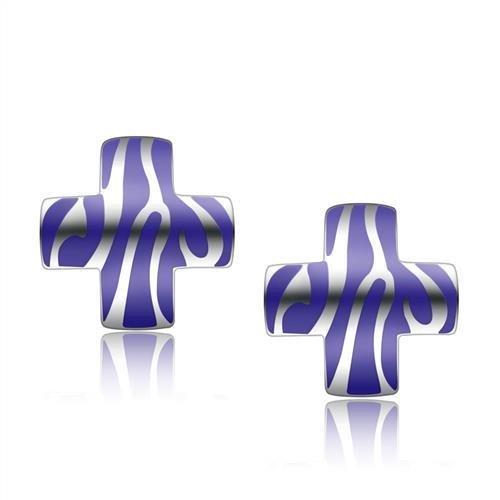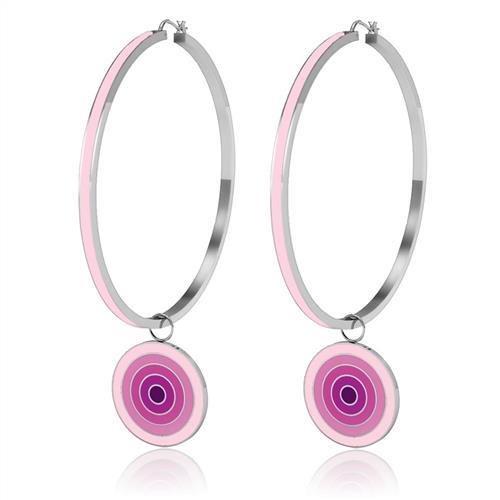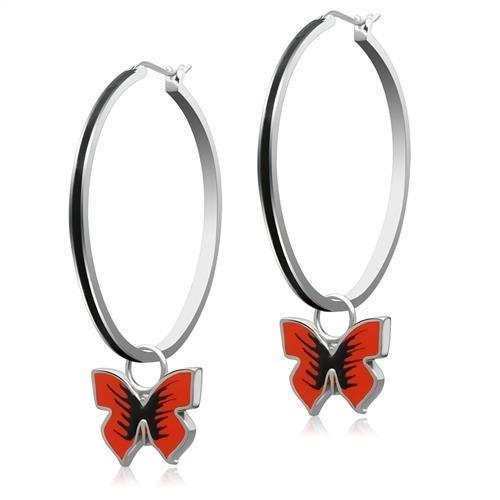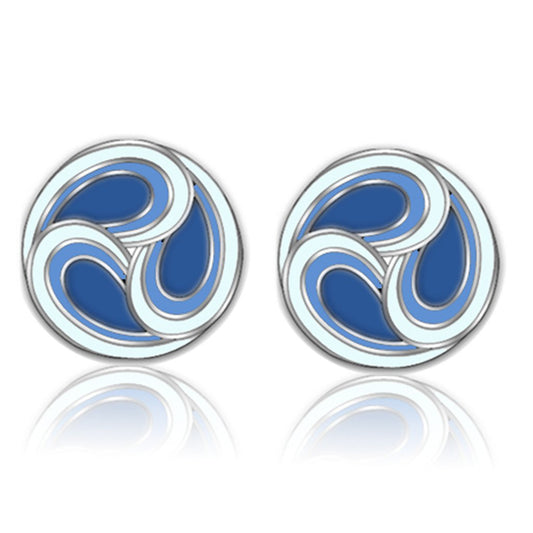Understanding the appearance and characteristics of rough diamonds can be intriguing and educational for jewelry enthusiasts and potential buyers. This article delves into the unique attributes of rough diamonds, offering insights into their natural form, the processes they undergo, and their transformation into stunning pieces of jewelry.
Table of Contents
- Summary
- The Natural Beauty of Rough Diamonds
- Evaluating Rough Diamonds
- Natural vs. Lab-Grown Diamonds
- Rough Diamond Jewelry
- Explore Our Unique Collections
- FAQ: Understanding Rough Diamonds
- Key Takeaway
Summary
Rough diamonds, also known as raw or uncut diamonds, possess a distinct appearance that differentiates them from polished gems. These diamonds can vary in color, clarity, and crystal structure, often exhibiting a yellowish or brownish tint. They are evaluated based on factors such as transparency, inclusions, and external blemishes. Various tests, such as visual inspection, scratch tests, and thermal conductivity tests, help identify their authenticity. Both natural and lab-grown diamonds have unique properties, and ethical sourcing plays a crucial role in the diamond industry.
The Natural Beauty of Rough Diamonds
Visual Characteristics
Rough diamonds are often admired for their raw, unpolished beauty. They typically exhibit:
- Crystal structure: Most commonly, rough diamonds form in an octahedron or tetrahedron shape.
- Color variations: They can appear colorless, but often have a yellowish or brownish tint.
- Inclusions and blemishes: Natural imperfections, such as inclusions and surface blemishes, are common.
- Transparency: Rough diamonds can range from transparent to opaque.
Crystal Form and Structure
Rough diamonds usually crystallize in a cubic system, displaying:
- Octahedral and tetrahedral shapes: These are the most prevalent forms.
- Specific planes of weakness (cleavage): These planes affect how diamonds are cut and polished.
Physical Properties
Rough diamonds are known for their exceptional hardness and other physical properties:
- Hardness: Ranked 10 on the Mohs scale, they are the hardest natural material.
- Specific gravity: Diamonds have a high density, typically around 3.5.
- Thermal conductivity: They are excellent conductors of heat.
Identification and Testing
Identifying rough diamonds involves various methods, such as:
- Visual inspection: Using tools like a jeweler's loupe to examine surface features.
- Scratch test: Diamonds can scratch almost any other material.
- Thermal conductivity test: A reliable method to differentiate diamonds from simulants.
Evaluating Rough Diamonds
Inclusions and Clarity
One of the primary factors in assessing rough diamonds is their inclusions and clarity:
- Inclusions: These are internal flaws or impurities, such as gas bubbles, minerals, or microscopic particles.
- Clarity: Determined by the number, size, and visibility of inclusions and surface blemishes, impacting the diamond's overall value.
Color and Tint
The color of a rough diamond can significantly influence its appeal and market value:
- Colorless: Highly sought after, though rare in rough form.
- Yellowish and brownish tints: More common and can range from faint to intense.
- Color grade: Evaluated on a scale from D (colorless) to Z (light color).
Physical Tests
Several tests help in determining the authenticity and quality of rough diamonds:
- Scratch test: Given their hardness, diamonds can scratch almost any other material, including quartz.
- Thermal conductivity test: Diamonds have high thermal conductivity, a property used to distinguish them from simulants like cubic zirconia.
- Density test: Using specific gravity measurement methods, such as an electric or jeweler's scale, to verify a diamond's density.
Crystal Anomalies and Surface Features
Examining the surface and structural anomalies of rough diamonds provides further insights:
- Surface roughness: Visible scratches and imperfections on the diamond's surface.
- Crystal anomalies: Unique formations that can include hexagonal crystals, not typical in diamonds but seen in minerals like quartz.
Natural vs. Lab-Grown Diamonds
Differences and Similarities
Both natural and lab-grown diamonds have unique attributes:
- Natural diamonds: Formed over billions of years under high pressure and temperature in the Earth's mantle.
- Lab-grown diamonds: Created using HPHT or CVD methods, offering identical physical and chemical properties.
Ethical and Environmental Impact
Choosing between natural and lab-grown diamonds involves considering ethical and environmental factors:
- Ethical sourcing: Natural diamonds certified by the Kimberley Process are conflict-free.
- Environmental impact: Lab-grown diamonds have a lower environmental footprint compared to traditional mining.
Rough Diamond Jewelry
Unique Appeal
Rough diamond jewelry has a distinct charm:
- Uncut gemstones: Preserve the natural beauty and rugged elegance of diamonds.
- Rough diamond textures: The raw surface and unique inclusions add character to each piece.
Popular Designs
Rough diamonds are used in various jewelry designs:
- Engagement rings: Rough diamond engagement rings offer a unique and natural aesthetic.
- Prong settings: Showcase the raw diamond while protecting its edges.
Explore Our Unique Collections
Our collections feature a diverse range of jewelry pieces that highlight the beauty of both rough and polished diamonds. Discover our offerings and find the perfect piece to complement your style:
FAQ: Understanding Rough Diamonds
1. What distinguishes a rough diamond from a polished diamond?
A rough diamond is in its natural, uncut state, often displaying a raw and rugged appearance with uneven surfaces and edges. In contrast, a polished diamond has been cut, shaped, and polished to enhance its brilliance and clarity, resulting in a smooth and symmetrical finish.
2. How can I identify a rough diamond in the field?
Identifying a rough diamond involves looking for specific characteristics such as its crystal structure (typically octahedral), hardness (it can scratch glass and other hard materials), and high thermal conductivity (tested with a thermal conductivity tester).
3. Are rough diamonds valuable?
The value of rough diamonds varies based on factors such as size, color, clarity, and quality. Gem-quality rough diamonds can be quite valuable, while industrial-quality rough diamonds are less so but still used extensively in various industries.
4. What colors can rough diamonds exhibit?
Rough diamonds can exhibit a range of colors from colorless to shades of yellow, brown, and even rarer colors like blue, green, and pink. The presence of trace elements and structural anomalies often causes these color variations.
5. How are rough diamonds transformed into polished diamonds?
Rough diamonds are carefully examined and then cut along their natural cleavage planes. The cutting process aims to maximize the diamond's brilliance and size. After cutting, the diamonds are polished to enhance their sparkle and remove any surface imperfections.
6. What tools are used to examine rough diamonds?
Common tools used to examine rough diamonds include a jeweler's loupe for magnification, mineral testing kits, thermal conductivity testers, and specific gravity measurement devices to determine the diamond's density.
7. Can rough diamonds be used in jewelry?
Yes, rough diamonds are increasingly used in jewelry for their unique and natural look. They are often set in prong settings to showcase their raw beauty and are popular in engagement rings and other bespoke jewelry pieces.
8. How can I tell if a rough diamond is synthetic or natural?
Distinguishing between synthetic and natural rough diamonds can be challenging without specialized equipment. However, lab-grown diamonds often have fewer inclusions and may exhibit different growth patterns visible under magnification.
9. Are rough diamonds more environmentally friendly than polished diamonds?
The environmental impact of rough diamonds depends on their source. Lab-grown rough diamonds generally have a lower environmental footprint compared to mined diamonds. Ethical sourcing and responsible mining practices also play a crucial role in minimizing the environmental impact.
10. What are some famous rough diamonds?
Some famous rough diamonds include the Cullinan Diamond, which is the largest gem-quality rough diamond ever found, and the Sergio Diamond, known for its significant size and black coloration. These diamonds are notable for their size and unique characteristics before being cut and polished.
Key Takeaway
Rough diamonds, with their natural allure and unrefined beauty, offer a unique perspective on the world of gemstones. Whether natural or lab-grown, these diamonds undergo various tests to confirm their authenticity and quality. Ethical sourcing and environmental considerations play a crucial role in the diamond industry, ensuring that the beauty of these gems does not come at a significant cost to society or the planet. Rough diamond jewelry, with its distinctive texture and appearance, provides an appealing alternative to traditional polished diamonds, celebrating the raw, uncut essence of these remarkable stones. Explore our collections to find exquisite pieces that capture the true essence of rough diamonds.
